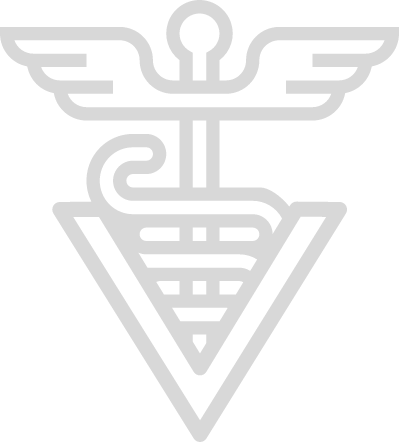- Eye is Draining, Discharge
- Eye is Bulging or Sticking Out from Socket
- Eye looks Blood Shot, White of Eye is Red
- Abnormal Looking Object, Growth or Material Inside Eyeball
- Eye appears To Have Blood Inside Clear Front Chamber
- Swelling around One Eye or Eyelid
- Eye Appears Wounded or Cut
- Eye has Splinter or Stick Near or Penetrating Eye Itself

YOU ARE OBSERVING
Eye looks Shrunken or Small
Summary
A small or shrunken eye may be indicative of a chronic eye problem or injury. An eye that has just suffered a penetrating wound leaks its fluid (aqueous humor) and shrinks. Certain severe disease processes of the eye cause the eyeball itself to shrink over time. An eye that has been badly damaged in the past may shrink (phthisis bulbi).
I see shrunken or small eyes in horses that have had penetrating wounds of the eye or have become blind from Equine Recurrent Uveitis (ERU). Eyes that shrink are usually blind. The third eyelid (pink membrane inside corner of the eye) naturally tends to cover over these severely shrunken eyes.
-
Code Red
Call Your Vet Immediately, Even Outside Business Hours- If this problem seems severe and has come on suddenly.
- Most eye problems are considered veterinary emergencies.
-
Code Yellow
Contact Your Vet at Your Convenience for an Appointment- If the signs are very mild and the eye appears normal otherwise.
- If you consider this a chronic and relatively mild problem that is not changing rapidly.
your role

What To Do
Assess your horse's eyes carefully. In determining whether one eye is smaller or shrunken, carefully compare it to the other eye. Stand right in front of your horse or look down from above to get a better perspective. A good vantage point to make this evaluation is from the saddle. Keep in mind that eyes of the same size may look different given their different color, the differences in the surrounding skin, and the different appearance of the "white of the eye."Eyes that have more white around their edges look more bulged, or larger. Eye size also ranges between different breeds. For example, Appaloosas tend to have smaller eyes. Keep in mind, that this eye may seem small because the other eye could be bulging or be larger than normal, so assess both eyes. Check the menace response on both eyes, and feel the eyeball through the lid, which can give an idea of hardness and size of the eyeball. Share your findings and concerns with your vet.

Skills you may need
Procedures that you may need to perform on your horse.
your vet's role

- Is the horse drinking water?
- Does your horse seem normal otherwise?
- What are the results of the Whole Horse Exam (WHE)?
- Is there any drainage?
- Is the horse showing signs of eye discomfort like squinting or blinking?
- What is the horse's age, sex, breed and history?
- Does the horse respond to a menace gesture?
- Does your horse appear to be blind or partially blind?
- Does the eye look normal otherwise?
- Do you see an injury or foreign material in the eye?
- Do the left and right eye look the same to you?
- Is the eye watering or swollen?
- Is there a difference in the colors of the left and right eye, or the color of the surrounding skin?
- Does your horse seem normal otherwise?
- Is the horse drinking water?
- What are the results of the Whole Horse Exam (WHE)?
Diagnostics Your Vet May Perform
Figuring out the cause of the problem. These are tests or procedures used by your vet to determine what’s wrong.
Diagnoses Your Vet May Consider
The cause of the problem. These are conditions or ailments that are the cause of the observations you make.
Treatments Your Vet May Recommend
A way to resolve the condition or diagnosis. Resolving the underlying cause or treating the signs of disease (symptomatic treatment)
further reading & resources
Helpful Terms and Topics
Written, reviewed or shared by experts in equine health
